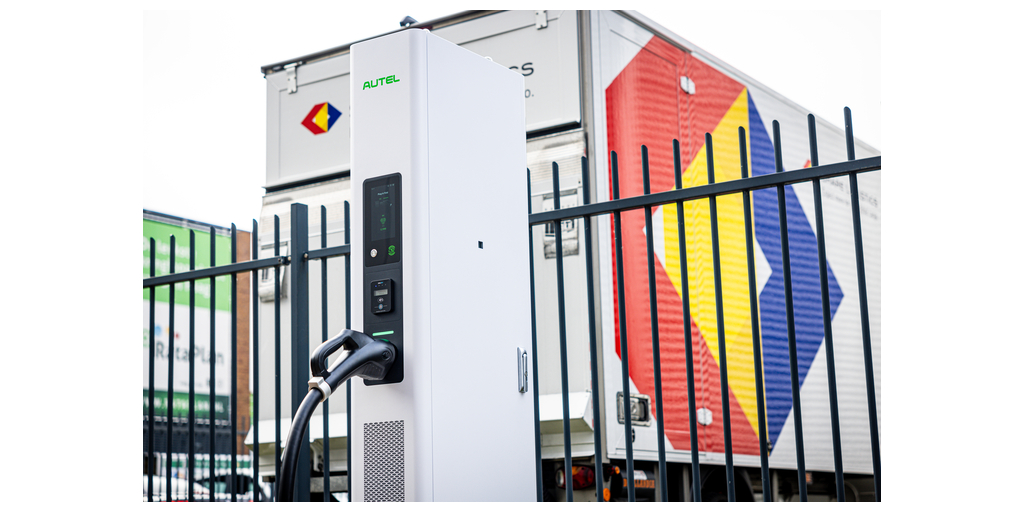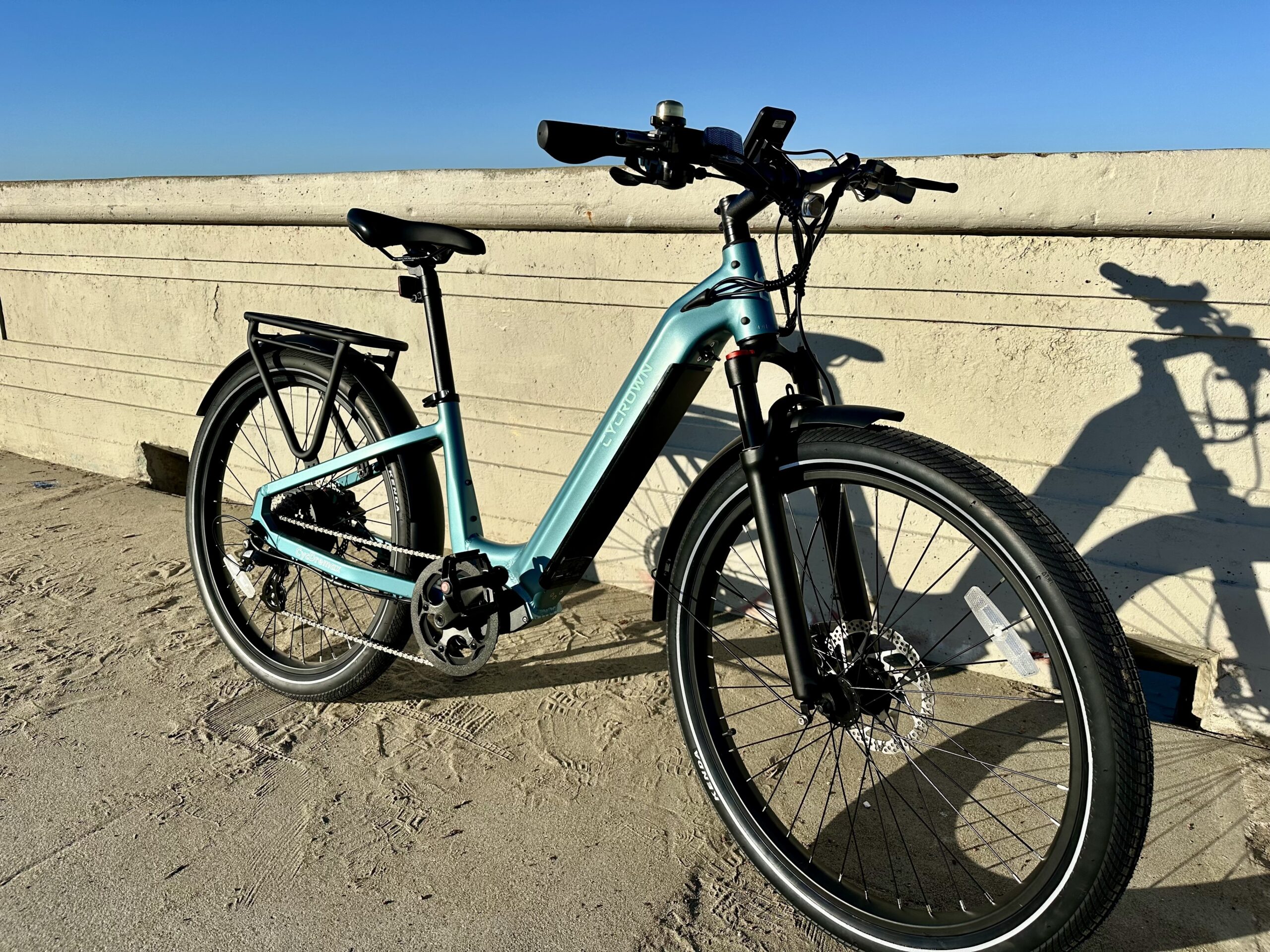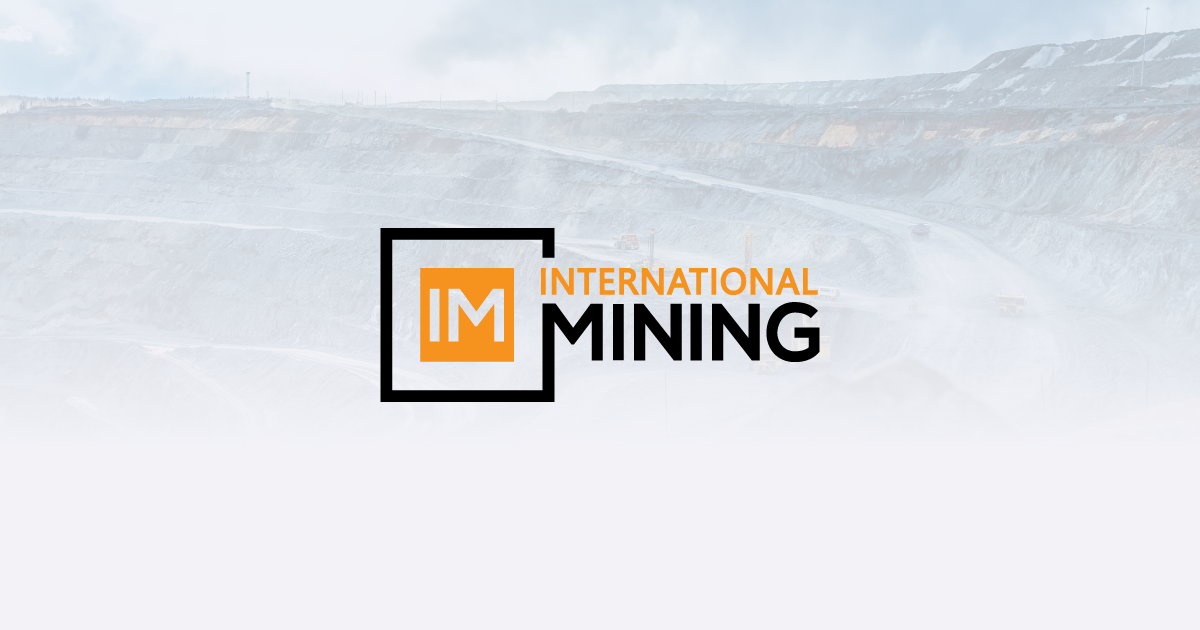Support CleanTechnica’s work through a Substack subscription or on Stripe.
Solaris is the largest supplier of hydrogen buses in Europe, but it holds that position inside a segment that is steadily losing momentum. Europe registered only a few hundred hydrogen buses in 2024, while battery electric buses reached almost 8,000 units. China saw hydrogen bus and truck sales drop by about 45% in the first three quarters of the year. Across Europe, national and municipal transport agencies are scaling battery electric fleets, closing hydrogen refuelling stations, and removing hydrogen from procurement plans. Solaris sits at the top of a market that has stopped growing and may contract sharply as operators align with technologies that deliver better economics and a clearer strategic future.
Solaris built its zero emissions reputation during a period when hydrogen still carried political weight across the continent. Several national governments supported hydrogen pilots, the European Union funded hydrogen mobility programs, and cities experimented with the idea that hydrogen might fit segments where batteries had not matured. Solaris committed engineering resources, sales effort, and corporate identity to becoming a full spectrum zero emission supplier. It offered battery electric buses, hydrogen fuel cell buses, trolleybuses, and hybrids while maintaining its legacy diesel and CNG lines. This approach gave Solaris a wide portfolio, but that breadth came with complexity that larger competitors avoided.
As the bus market moved decisively toward battery electric platforms, Solaris’ position weakened. It dropped to fourth place in European battery electric bus registrations in 2024 with about 460 units delivered, behind Yutong, Mercedes, and Iveco. The company still delivered almost 500 battery electric buses that year, but competitors grew faster because they focused narrowly on one or two drivetrains. Solaris held the top hydrogen position by delivering more than 250 hydrogen buses, but hydrogen orders are a small fraction of total zero emission volume. Every engineering hour spent refining hydrogen integration was an hour not spent improving battery platforms. Every sales team working on hydrogen tenders was not working on the larger electric bus tenders that now dominate the European market. That opportunity cost shows up in market share, not in immediate financial losses.
Hydrogen buses require dedicated engineering support for pressure systems, tank mounting, safety validation, stack integration, and high voltage interfaces. They also require specialised service and depot training programs. These are not transferable at scale to battery electric platforms because hydrogen buses behave differently in operation, maintenance, and fault diagnosis. By maintaining hydrogen as a major product line, Solaris must carry additional engineering and service capacity that competitors do not. That overhead is manageable while hydrogen orders continue and as long as national programs cover the associated costs. When hydrogen demand slows, the weight of that overhead does not disappear. Solaris will still have to support existing hydrogen fleets in Cologne, Bologna, Konin, and other cities for a decade or more. It will be doing so with lower order volume, which increases the cost per vehicle of maintaining that capability.
Procurement dynamics add another layer. Cities and national agencies increasingly want suppliers whose strategy aligns with their long term fleet plans. Battery electric adoption is now standard practice, and the infrastructure buildout is accelerating. Buyers tend to trust manufacturers that are fully committed to the technology they intend to operate for the next fifteen years. Solaris’ identity as a hydrogen leader introduces ambiguity into the story it tells in battery electric tenders. Even if Solaris offers strong electric models, operators sometimes want assurances that the manufacturer’s engineering roadmaps and support structures are centred on batteries and not split across multiple drivelines.
Financial results do not yet show a hydrogen-driven drag. Solaris delivered 1,525 vehicles in 2024 and reached roughly a 4.3% EBIT margin. The company reported 83% of its deliveries were alternative drives, including battery electric, hydrogen and trolley units. This is an improvement over negative results in 2022 and a modest 1% margin in 2023. Hydrogen has not damaged financial performance in the short term, partly because hydrogen buses carry higher ticket prices and are heavily grant funded. These higher prices can be margin positive as long as orders continue. The financial risk emerges when hydrogen orders decline while the support burden remains.
Solaris’ stronger competitors concentrated their engineering on battery electric platforms. They pushed costs down, extended range, improved availability and integrated more tightly with charging infrastructure providers. They did that while shipping large volumes that helped them refine their platforms more quickly. Solaris, by maintaining the most diverse product range in Europe for its size, could not allocate the same focused attention to batteries. Its battery electric buses remain capable and widely deployed, but they do not enjoy the same growth momentum as those from suppliers with narrower product strategies.
The consequence is a strategic gap. Solaris dominates in hydrogen, but hydrogen is losing political and economic support. It is falling behind in the battery electric market at a time when fleet operators want clarity, scale and long term alignment with a single technology. Its trolleybuses are stable but limited to specific cities and network types. Its legacy drivetrains represent a shrinking share of future demand. If hydrogen bus sales collapse, Solaris will carry hydrogen support costs without hydrogen revenue and will face stronger competition for battery electric tenders from companies that committed early and stayed focused.
Solaris is not trapped. Its battery electric and trolleybus platforms are viable, and it has deep experience with zero emission fleets. The strategic challenge is about focus. If it winds down new hydrogen development, concentrates engineering on its core electric offerings and simplifies its drivetrain portfolio, Solaris can compete more aggressively in tenders and regain volume. If it continues to split its resources across a wide set of platforms, it risks losing ground in the one drivetrain that the European market has already chosen to scale.
Solaris faces some of the same structural problems I highlighted in my earlier analysis of New Flyer, but the consequences are different because the corporate and market context is different. Solaris is under much heavier competitive pressure than New Flyer ever was and it is far from being a dominant force in the European bus market. Battery electric competitors are scaling faster, Chinese imports are expanding and legacy OEMs are investing heavily in their electric platforms.
In a pure market-share sense, Solaris is more exposed. Yet its existential risk is lower because it sits inside CAF, which provides financial insulation, broader institutional capacity and diversified revenue that spreads the impact of strategic missteps. Solaris also has a stronger mix of zero-emission products, including a stable trolleybus line and a solid battery electric offering, which gives it fallback strength even if hydrogen contracts disappear. Its risks are strategic and long term, not existential. New Flyer created a single point of failure by tying too much of its future to uncompetitive drivetrains in a concentrated market. Solaris may lose tenders and erode its position if it keeps spreading itself across too many technologies, but it is unlikely to face the same kind of cliff edge because its corporate structure and market environment give it more room to course correct.
Solaris became the leader of a segment that does not have a path to mass adoption. That created visibility and technical competence but also exposed the firm to a shrinking market. The future of European public transport is increasingly centred on battery electric fleets supported by maturing charging networks. Solaris can move with that future, or it can continue carrying the weight of a drivetrain that cities are starting to leave behind.
Sign up for CleanTechnica’s Weekly Substack for Zach and Scott’s in-depth analyses and high level summaries, sign up for our daily newsletter, and follow us on Google News!
Have a tip for CleanTechnica? Want to advertise? Want to suggest a guest for our CleanTech Talk podcast? Contact us here.
Sign up for our daily newsletter for 15 new cleantech stories a day. Or sign up for our weekly one on top stories of the week if daily is too frequent.
CleanTechnica uses affiliate links. See our policy here.
CleanTechnica’s Comment Policy




